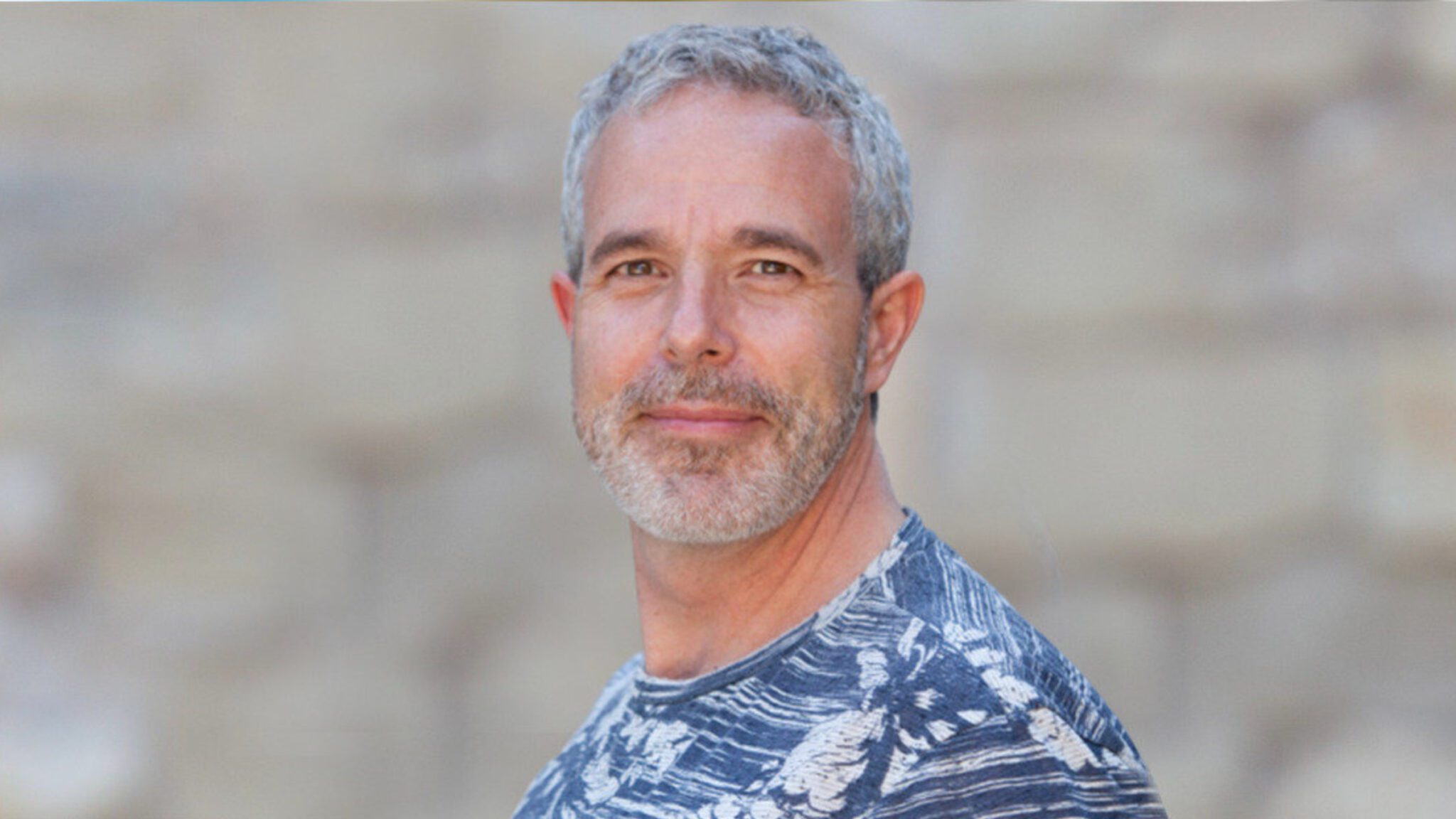
Brendan Frey (Deep Genomics)
Deep Genomics, now flush with cash, plans to take dozens of RNA therapies to the clinic
It was 2002 when Brendan Frey noticed a huge gap in biotech. The human genome had just been sequenced, allowing scientists to map genetic mutations …
Sign up to read this article for free.
Get free access to a limited number of articles, plus choose newsletters to get straight to your inbox.